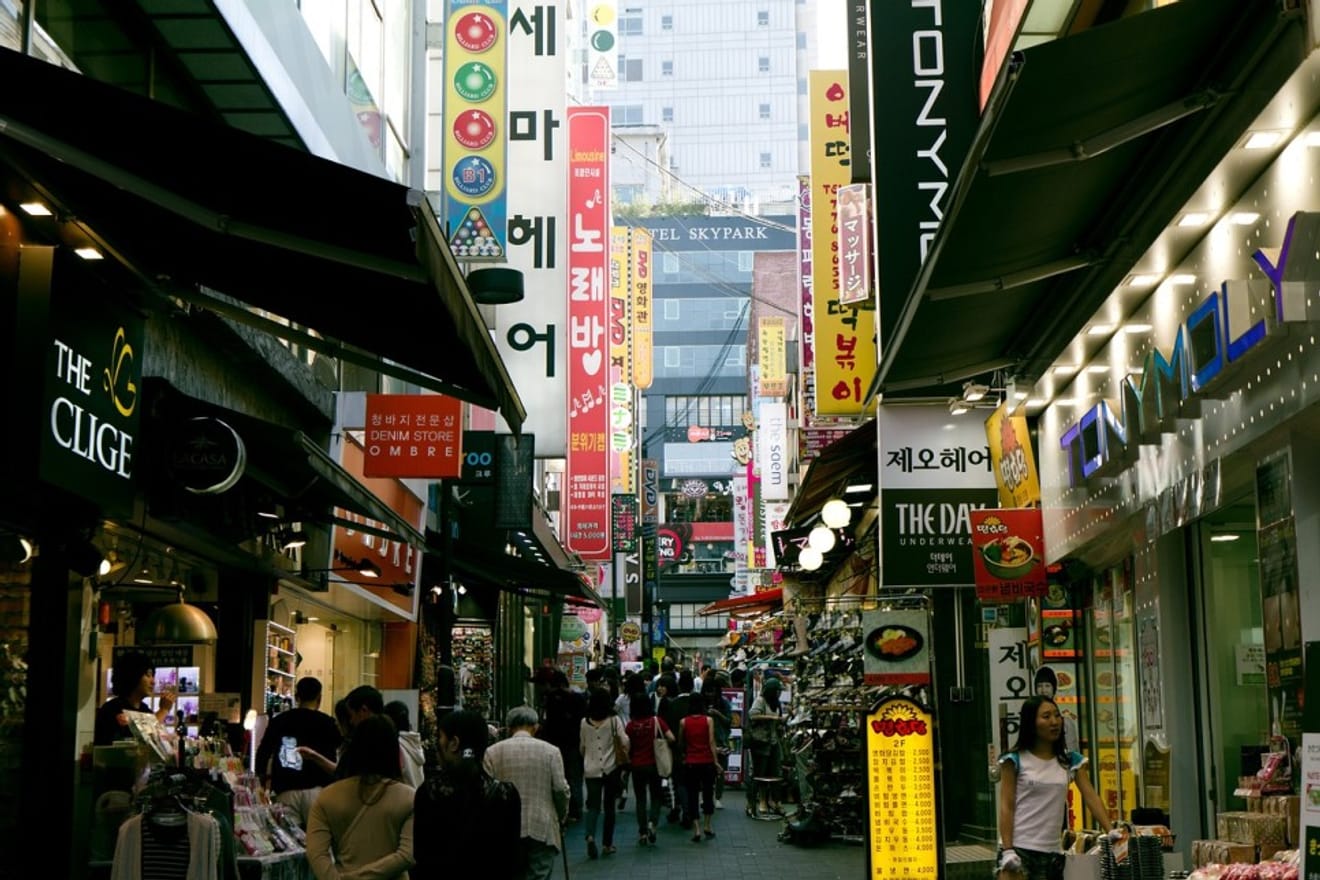Subject
- #Seoul Tourism
- #Seoul Myeongdong
- #Korean Tourist Spot
- #Myeongdong
- #Seoul Trip
Created: 2024-03-25
Created: 2024-03-25 15:51
Myeongdong (明洞) is a bustling shopping district in Seoul, South Korea, located in Jung-gu, known for its vibrant atmosphere and lively shops and restaurants.
It boasts a rich history dating back to the Joseon Dynasty and is home to several cultural landmarks, including Myeongdong Cathedral and the Nanta Theater.
It also represents not only Korea's religious heritage and cultural traditions but also Seoul's international character and modern identity.

History
Myeongdong's history can be traced back to the Joseon Dynasty, when it was a gathering place for scholars and artists.
During this period, Myeongdong was known as a hub of culture and academia, where many scholars and artists gathered to exchange ideas and engage in creative pursuits.
In the late 19th century, the area began to take on a more commercial character as shops and markets started to emerge.
During the Japanese occupation in the early 20th century, Myeongdong transformed into a thriving commercial district, and many of the area's traditional Korean houses and buildings were replaced with modern shops and department stores.
After World War II and the establishment of the Republic of Korea in 1948, Myeongdong continued to flourish as a center of commerce and culture.
The area became a hub for Korea's burgeoning fashion and beauty industries, with many of Korea's most renowned brands and designers setting up shop in the district.
Today, Myeongdong is one of Seoul's most popular tourist destinations, attracting millions of visitors annually.
It is known for its vibrant energy, diverse array of shops and restaurants, and cultural attractions such as Myeongdong Cathedral and the Nanta Theater.
It remains a symbol of Korea's dynamic character and its ability to balance tradition with modernity.

Features
One of the most striking features of Myeongdong is its bustling energy and lively atmosphere.
There is an incredibly diverse range of shops, from high-end designer boutiques to affordable street vendors selling everything from clothing and accessories to beauty products and electronics.
It is also famous for its street food, with vendors selling everything from traditional Korean dishes like tteokbokki and hotteok to international fare like pizza and churros.
And it is home to several cultural landmarks, including Myeongdong Cathedral, one of the most famous landmarks in Myeongdong.
The cathedral was built in the late 19th century and is a beautiful example of Gothic Revival architecture.
Another popular attraction is the Nanta Theater, which features a high-energy non-verbal performance that blends traditional Korean percussion with contemporary dance and comedy.

Historical Significance
Myeongdong plays a vital role in the development of Korean culture and commerce.
It is home to some of Korea's most famous brands and designers and a popular tourist destination for shoppers worldwide.
Myeongdong's vibrant energy and diverse range of shops and restaurants make it a symbol of Seoul's international character and modern identity.
Beyond its commercial significance, Myeongdong plays a crucial role in preserving Korea's traditional culture.
A prime example of this is Myeongdong Cathedral, which is one of the most important Catholic churches in Korea and a symbol of Korea's enduring religious heritage.
The Nanta Theater also reflects Korea's cultural traditions by showcasing traditional Korean percussion and dance in a modern and innovative way.
Overall, Myeongdong is a must-visit destination for anyone interested in Korean culture, commerce, and entertainment.
The area's unique blend of traditional and modern elements makes it a symbol of Seoul's dynamic character and a testament to Korea's rich cultural heritage.
Comments0